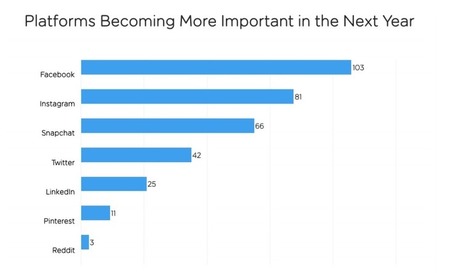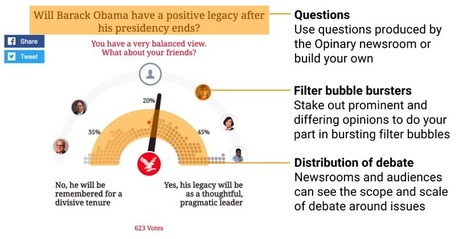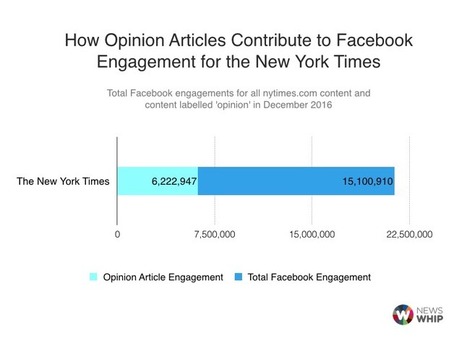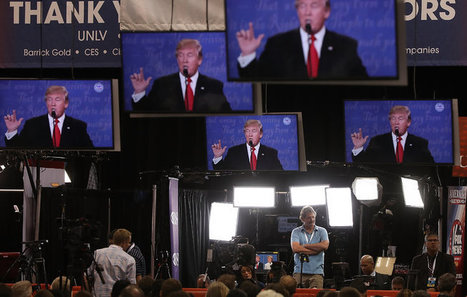“In a world where we had control of such things,” Tom Jolly, the associate masthead editor at The New York Times, told me in an email, “we’d break the big stories early in the day, when more people are online.”
This dynamic is, in a strange way, a throwback. As Matt Pearce, a national correspondent for The Los Angeles Times pointed out in a string of tweets Wednesday night, “it's like we’ve bizarrely returned to the era of the evening edition.”
The news alert that The New York Times distributed to readers’ cellphones Wednesday night. About one hour after Times readers received a news alert Wednesday night, The Washington Post notified readers of its latest scoop.
In the late 19th and 20th centuries, the evening edition was the newspaper you grabbed for your commute home from work. Because it was published in the afternoon, it was the best way to get the most up-to-date news in print. After all, by the time the work day ended, that day’s morning paper covered events that had taken place at least a full day before....



 Your new post is loading...
Your new post is loading...
















In just 10 minutes a day, you can stay on top of all the important social media news. Here are the five different ways you can choose from.